Tag: mechanical ventilation
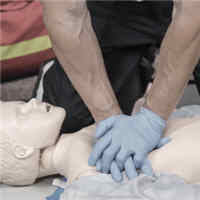
The 1,3,5 Approach to Pediatric Cardiac Arrest
While pediatric cardiac arrests are thankfully rare, their shock waves can seem incalculable. Several studies have outlined the mental health toll that these events can have on everyone involved. There is an appreciable... read more

Optimal Respiratory Support for COVID-19 Patients
Noninvasive respiratory support is an essential component of critical care. Both noninvasive ventilation, with its different interface types and modes (including helmet and face masks), and high-flow nasal oxygen (HFNO) are... read more
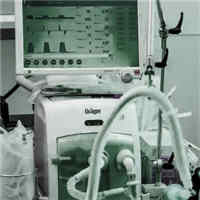
Ventilator Capacity Management Queuing Model During COVID-19 Pandemic
We applied a queuing model to inform ventilator capacity planning during the first wave of the COVID-19 epidemic in the province of British Columbia (BC), Canada. The core of our framework is a multi-class Erlang loss model... read more

Mechanical Ventilation in the ICU: A New Approach and Treatment
In the present book, a broad description of the processes carried out in patients with mechanical ventilation in the ICU is made. It covers from an overview of mechanical ventilation and some of its history to the processes... read more
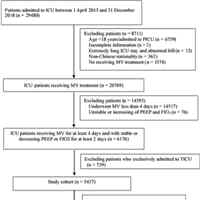
Fluid Balance and Ventilator-Associated Events Among Patients Admitted to ICUs in China
There was nonlinear relationship between fluid balance and all three tiers of ventilator-associated event, with an fluid balance between –1 and 0 L corresponding to the lowest risk. Positive but not negative fluid balance... read more

Liberation from Invasive Mechanical Ventilation with Continued Receipt of Vasopressor Infusions
Weaning protocols for discontinuation of invasive mechanical ventilation often mandate resolution of shock. Whether extubation while receiving vasopressors is associated with harm is uncertain. To examine whether extubation... read more

Ketamine vs. Nonketamine Regimens for Analgosedation in the ICU
Results suggest ketamine as an adjunct analgosedative has the potential to reduce opioid exposure in postoperative and MV patients in the ICU. More RCTs are required before recommending routine use of ketamine in select populations. A... read more
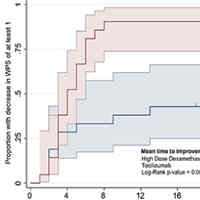
High-Dose Dexamethasone vs. Tocilizumab in COVID-19 Pneumonia
Our study findings discourage the use of high doses of dexamethasone in the management of moderate to severe COVID-19 ARDS. The routine use of such high doses to mitigate the inflammatory cytokine storm in these patients... read more
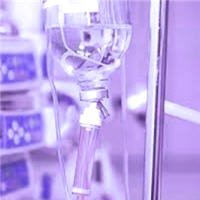
Association Between Incident Delirium Treatment with Haloperidol and Mortality in Critically Ill Adults
Treatment of incident delirium and its symptoms with haloperidol may be associated with a dose-dependent improvement in survival. Future randomized trials need to confirm these results. Patients were evaluated tid for... read more
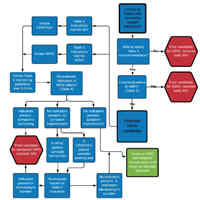
Noninvasive Respiratory Support for COVID-19 Patients: When, for Whom, and How?
The significant mortality rate and prolonged ventilator days associated with invasive mechanical ventilation (IMV) in patients with severe COVID-19 have incited a debate surrounding the use of noninvasive respiratory support... read more
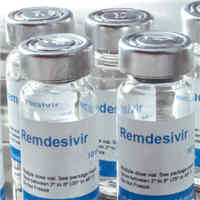
Remdesivir Treatment for Hospitalized COVID-19 Patients in Canada
Remdesivir, when compared with standard of care, has a modest but significant effect on outcomes important to patients and health systems, such as the need for mechanical ventilation. Across 52 Canadian hospitals, we randomized... read more

Pediatric Acute Respiratory Distress Syndrome
This book provides a concise yet comprehensive overview of pediatric acute respiratory distress syndrome (PARDS). The text reviews the emerging science behind the new PARDS definition; explores epidemiology, pathobiology,... read more
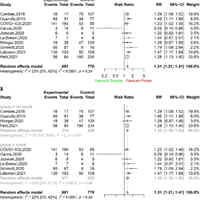
Prone Positioning Effect on Adult Patients Survival Receiving vvECMO for ARDS
This systematic review and meta-analysis of 13 studies (total N = 1836) showed that PP of acute respiratory distress syndrome (ARDS) patients receiving venovenous ECMO (vvECMO) was associated with a significant improvement... read more
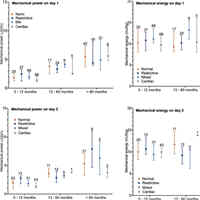
Energy Transmission in Mechanically Ventilated Children
Mechanical energy (ME) better related to underlying lung pathology and patient outcome than MP. The delivery of generated energy to the lung was not dependent on endotracheal tube diameter (ETT) size during PC ventilation.... read more








